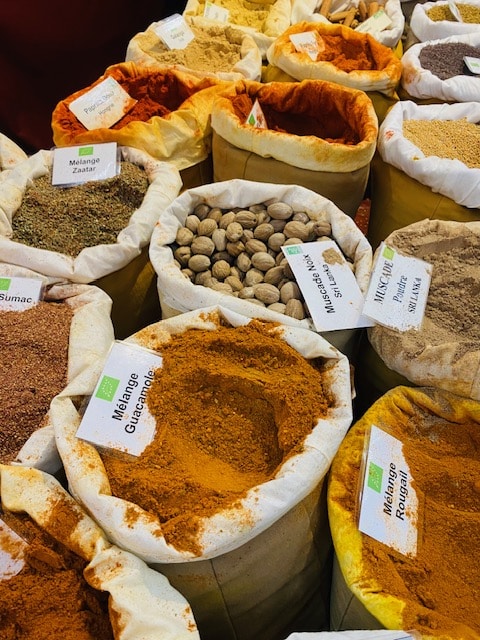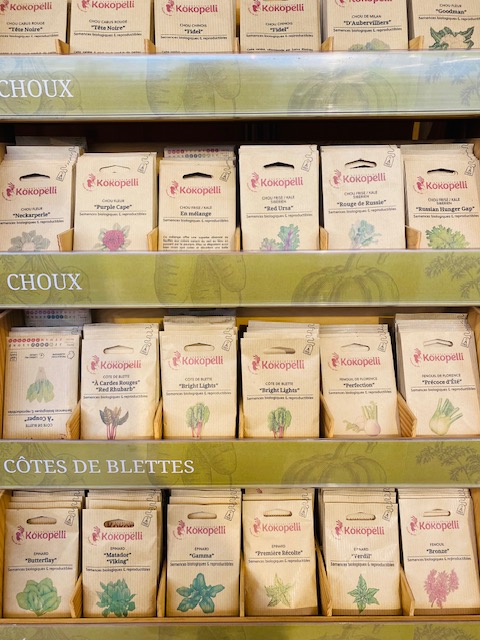Building circular systems that value both people and planet
Reading time: 8–9 minutes
Every brand is familiar with the word “sustainable.” Many speak of zero waste, circularity, and the next big green initiative. But what if we have been focusing on the wrong target?
Because if circularity only optimises resource flows while leaving behind the people, the labour, and the communities who sustain those flows, then we are merely redesigning waste, not justice.
This post shifts the lens. Ethical creation is not simply about fewer emissions or fewer mistakes. It is about care, justice, and small-scale regeneration. It is about building systems where people and planet thrive together, not one at the cost of the other.[1][2][3]

1. Ecological healing and the invisible economy of care
When discussing the circular economy, we tend to focus on materials, energy, and closed loops. Yet one dimension remains largely invisible: the care work that holds regenerative systems together.
This includes:
- Repairing community structures
- Emotional labour in stakeholder relationships
- Invisible coordination and social glue
- Unpaid or underpaid work, still disproportionately carried by women
Research on just and gender-inclusive circular economies shows that true transition requires developing care awareness and assuming responsibility, not just optimising resource flows.[4][5]
When care is invisible, it is undervalued. When it is undervalued, systems quietly rely on unpaid or low-paid labour and call the result “innovation”.[1][4]
In B2B marketing, agriculture, and supply chains, this raises a fundamental question:
“Who is caring for what remains, and how is that labour valued?“
Reviews of circular economy practices highlight a common blind spot: technical efficiency is advancing, but the social and justice dimensions lag.[2][3]
We cannot regenerate ecosystems while depleting the people who maintain them.
💌 Like what you are reading? The rest of the series is just as bold. Join Conscious Growth Dispatch to receive the next instalments, exclusive tools, and fresh thinking on ethical business. Sign up here!
2. Decentred success and the refusal of extractive metrics
Most modern systems still run on familiar pressure points:
“growth at all costs”, “scale fast”, “max output”.
But ethical creation asks:
What does success look like if it centres justice, redistribution, and human dignity?[3]
Recent work on the social dimension of the circular economy has characterised it as “weak” compared to the technical and economic aspects.[2]
That weakness becomes a blind spot: businesses claim circularity, but do not meaningfully change how value, risk, or power are shared.
So instead of asking only:
- How many leads did we generate?
We might ask:
- How many downstream actors in the value chain gained capability?
- How many small producers benefited from fairer terms?
- How many relationships deepened instead of remaining transactional?[6]
Extractive behaviour—whether in business models, team culture, or client relationships—burns trust. And trust is the foundation of long-term value creation.[3][6]
Circularity without justice is just efficiency in disguise.

3. Small scale as a strength
Big scale is seductive. However, small-scale often allows for deeper connections, local regeneration, and meaningful value flows.
When circular economy models scale without rethinking power dynamics, they reproduce the same extractive logic, just with bigger loops.[3][5]
Small scale is not a limitation. It is a resilience strategy.
Work on just circular transitions shows that two justice dimensions matter:
- Repairing historic inequalities
- Anticipating future shocks on workers and industries[5]
Small-scale and place-based systems make this possible. They support:
- Adaptation to local context
- Community participation
- Long-term relationships
- Shared stewardship of land and resources
Example near Paris: regenerative farms that use cover cropping, agroforestry, and rotational grazing regenerate soil, strengthen biodiversity, and build resilience, while maintaining tight links with local communities and markets.[7]
In marketing terms, a campaign built for one local cluster of producers, with care and consultation, may deliver more durable impact than a mass-blast campaign with no roots.
Durability beats reach.
4. A case in practice: Emmaüs and RREUSE
Circular marketing is not just efficient. It is ethical.
RREUSE is a European network of social enterprises working in reuse, repair, and recycling.
It represents tens of thousands of workers, trainees, and volunteers across multiple countries.[8] Their core idea is simple: use circular activities like reuse and repair to create dignified work and fight exclusion.
In the Paris region, Emmaüs Coup de Main operates at the intersection of housing support, socio-professional reintegration, and product reuse. They collect and sort large volumes of second-hand goods each year, with high rates of reuse and recycling, while offering training, contracts, and pathways back into stable work.[9]
These are not just sustainability metrics.
They are justice metrics:
- People trained
- Households stabilised
- Communities supported
- Materials saved from landfill
- Skills and dignity restored
Emmaüs and RREUSE show what circularity looks like when social inclusion and care are part of the loop itself, not a CSR line at the end.[1][3][8]

5. How to act: Four habits for ethical creation
a. Design for care
Build campaigns and systems that explicitly account for the labour of care.
Make visible who cares, how much time it takes, and what support they need.
Design governance and budgets that protect this labour instead of assuming it “just happens”.[4][5]
b. Measure justice, not just efficiency
Alongside classic KPIs, track:
- Fairness of contracts and conditions
- How much value stays local
- Whether relationships and skills deepen over time
- Who gains decision power in the process[1][2]
In B2B marketing, that might mean tracking trust and transparency indicators with clients and partners, not only acquisition costs or impressions.[6]
c. Centre small-scale systems, then scale ethically
Start with local ecosystems and thick relationships.
Learn with one cooperative, one region, one niche community.
Then scale by connecting resilient nodes, not by stripping out relationships for speed.[3][5]
d. Leave tangible resilience behind
Ask of every campaign, service, or partnership:
“What remains when we leave?“
A shared playbook, a training, a new cooperative structure, a repair habit, a pricing practice that protects small producers—these are resilience assets.[10]
If nothing remains except a temporary spike in metrics, then the model is still linear, even if the visuals are green.
How to measure: Signals of ethical creation
To track whether your work moves toward ethical creation, look for:
- Improved labour conditions or stability among people in your value chain[2]
- Longevity of relationships, not just one-off transactions[6]
- Reuse/repair volumes and number of people trained in those activities[8][9]
- Local value retention: how much economic value stays in the region rather than leaking out[1]
- Narrative shifts: Are care workers, small producers, and communities visible in your storytelling, or still invisible?[3]
These indicators show whether your system is becoming regenerative—or simply more efficient at extraction.[10]
Why this matters
Ecosystems include humans, communities, labour, and culture—not only materials and carbon.[1][3]
Without addressing justice, the circular economy risks becoming a cleaner version of business as usual.
In agriculture and B2B supply chains, you are not just selling a product.
You are co-creating capacity, resilience, and social infrastructure.[7][10]
Systems built on extraction eventually crack under pressure.
Systems built on care and shared power endure.[1][3]
Quick actions this week
- Map your value chain: Identify invisible labour and unpaid care sustaining your product or service.[4][5]
- Add one justice indicator to your next campaign’s definition of success (for example, number of small partners involved on fair terms).[1][2]
- Pilot one small-scale initiative with a local partner that intentionally builds relationships and skills, not just reach.[3][7][10]
- Interview one “care worker” in your ecosystem (farm manager, cooperative coordinator, social entrepreneur, repair technician) and put their voice at the centre of a piece of content.[8][9]
Next in the Circular Economy series: Data Without Damage – How to collect less, use it meaningfully, and return value to the user.
💌 Like what you are reading? The rest of the series is just as bold. Join Conscious Growth Dispatch to receive the next instalments, exclusive tools, and fresh thinking on ethical business. Sign up here!
References
[1] Promoting Social Justice through Circular Economy – Circular Economy
[2] The Social Dimension of the Circular Economy – Sustainable Earth Reviews (BioMed Central)
[3] Justice, Equity and the Circular Economy – Taylor & Francis, 2024
[4] Gender and Sustainability in the Circular Economy – Just2CE
[6] Ethical and Transparent Marketing in B2B – OrangeOwl Marketing
[7] Effective Regenerative Agricultural Practices in France – South Pole
[8] RREUSE – Re-use and Social Enterprise Network